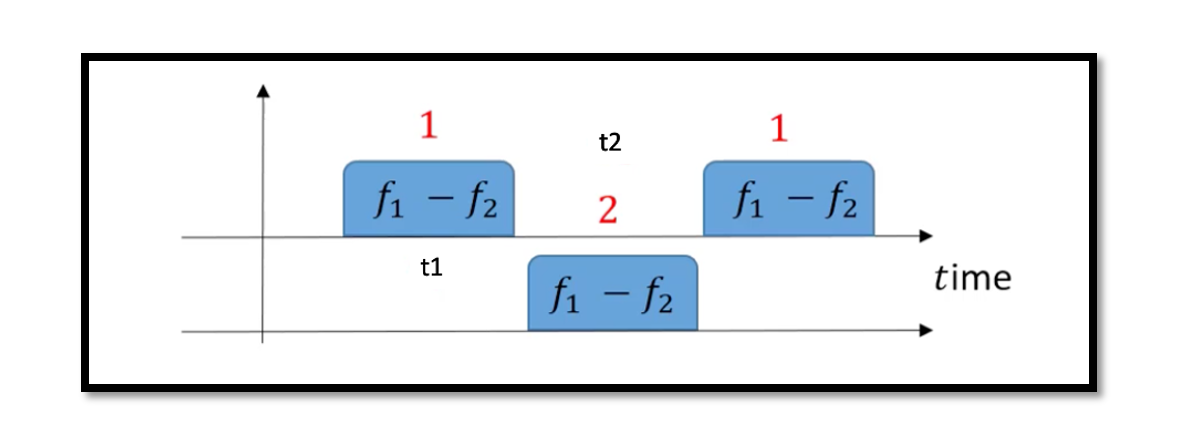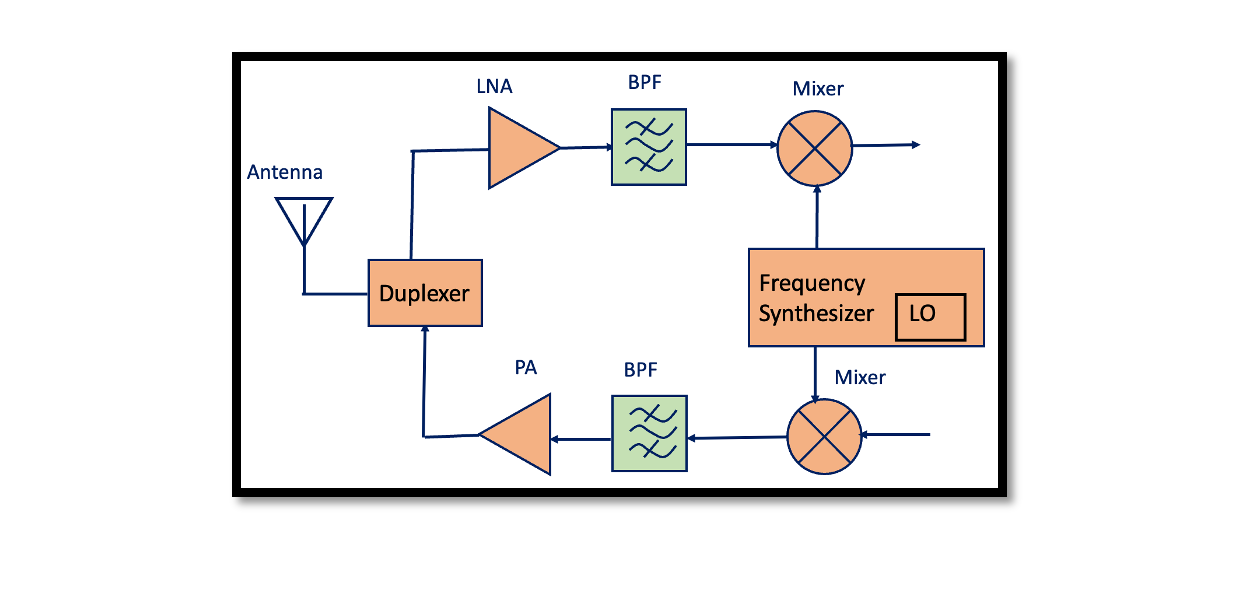Time Division Duplexing (TDD) In the previous blog, we discussed about the basic structure of the transceiver and the duplexer block. Duplexer acts as a decision block like a switch between the transmitter and receiver part. There are different types …
What is a Transceiver? A transceiver is a combination of transmitter and receiver, hence the name transceiver. The transmitter and receiver share the circuitry. It can both transmit and receive radio waves to communicate with another device. Transceivers are widely …
Previously, Link budget calculations for SATCOM have been presented for both downlink as well as uplink, where we discussed key parameter ‘SNR’ of any communication link. For details of SNR calculations, read here: Link budget calculations for SATCOM – Downlink …
Previously, Link budget calculations for SATCOM have been presented for both downlink as well as uplink, where we discussed key parameter ‘SNR’ of any communication link. For details of SNR calculations, read here: Link budget calculations for SATCOM – Downlink …
For discussions regarding SATCOM downlink, read here: Link budget calculations for SATCOM – Downlink This post explains the mathematical equation used to calculate the SNR of SATCOM uplink, or in other words, SNR of ground terminal signal as received at …
We have presented link budget calculations for SATCOM downlink in a previous post, where we described mathematical equation to calculate input SNR of ground terminal (receiving system). For details, read here: Link budget calculations for SATCOM – Downlink. The SNR equations …
We have presented link budget calculations for SATCOM downlink in a previous post, where we described mathematical equation to calculate input SNR of ground terminal (receiving system). For details, read here: Link budget calculations for SATCOM – Downlink. The SNR …
Free Space means a propagation medium for electromagnetic (EM) signal such as space, air, or vacuum; whereas Free-Space path loss (FSPL) means the attenuation of EM energy as it propagates through free space. Mathematical modelling of FSPL assumes that following …
For discussions regarding SATCOM uplink, read here: Link budget calculations for SATCOM – Uplink This post explains the mathematical equation used to calculate the SNR of SATCOM downlink, or in other words, SNR of satellite signal as received at ground terminal. …
Gain Method: Noise Figure (NF) can be measured, with a spectrum analyser, by using a procedure called Gain-Method. Note that following condition needs to be met by the Device-under-Test (DUT) for correct measurement: DUT (e.g., Receiver) output noise floor should …


